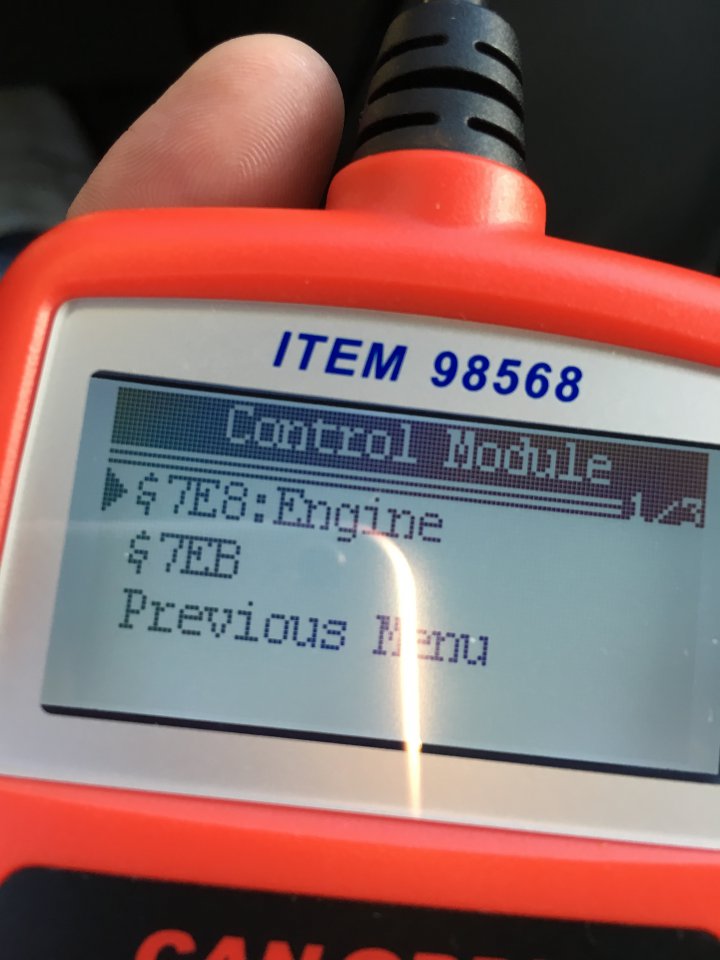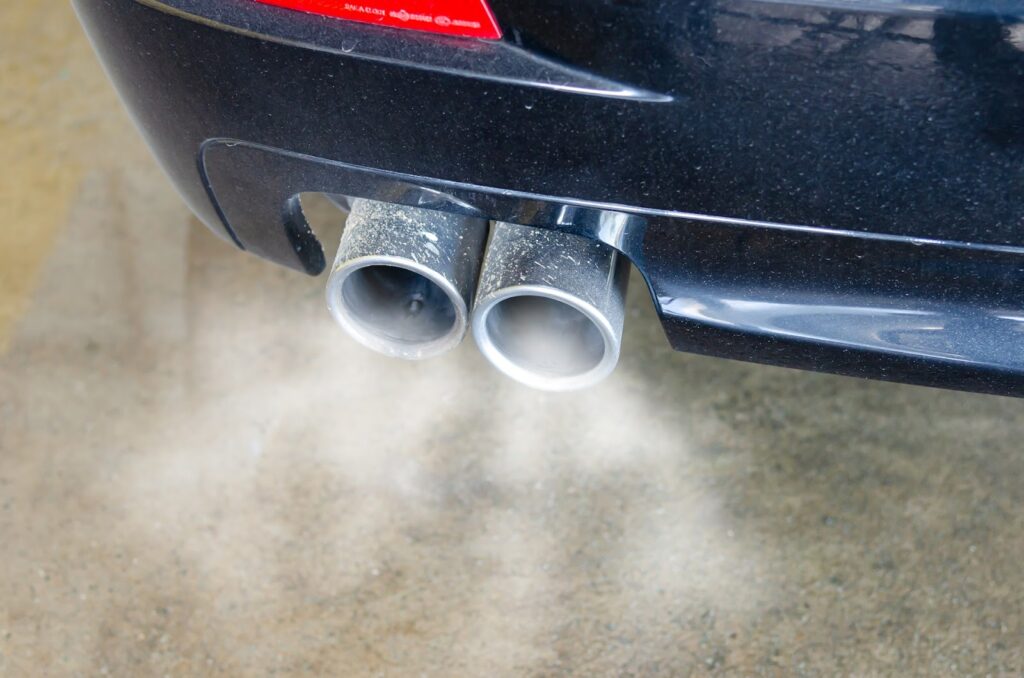7E8 Engine Code – Meaning and How to Fix
Modern vehicles come with an onboard computer that calculates and displays different information, including fuel consumption, speed, and distance traveled. It also turns on the check engine light located on the dashboard when it identifies an internal issue in the vehicle.
In such a case, you need to connect an OBD-II scanner to your vehicle to find out the error code behind the problem. It’ll help you determine the exact issue with your vehicle and resolve it effectively.
One such code that appears on the OBD-II scanner’s screen is 7E8. If you see the 7E8 engine code on your scanner’s display, you shouldn’t panic.
That’s because 7E8 isn’t an engine trouble code. While sometimes referred to as an engine code, it’s actually a submenu option for the engine module.
Let’s discuss what the 7E8 engine code means and what you should do if you see this on the display of your OBD-II scanner.
What is the 7E8 Engine Code?
As mentioned, the 7E8 engine code that you see on your scanner is a submenu option and it’s usually shown as “$7E8: Engine”.
A basic OBD-II scanner offers multiple menus (usually from 1 to 10). Each menu represents a certain mode, where you can find out different diagnostic trouble codes.
In the case of the “$7E8: Engine” option, $7 represents “mode 7” of the scanner and it’s used for the data stream of the vehicle’s engine. The letters “E & 8” show that you’re requesting trouble codes from module E8.
There’s another submenu option right below “$7E8: Engine”, shown as “$7E9: A/T” and it allows you to request trouble codes from the vehicle’s transmission module.
Once you select the submenu, the scanner will take you to another page, where you’ll see trouble codes in “Pxxxx” format (for example P0171 and P0175).

What Trouble Codes Does $7E8: Engine Show?
When you connect an OBD-II scanner to your vehicle and select the “$7E8: Engine” option, you’ll see a page containing trouble codes related to your vehicle’s engine.
These codes indicate that there’s a potential problem in the engine that you need to fix. The codes that you’ll see on the scanner will determine the exact issue present in your vehicle.
While there’s a wide range of error codes that you can see in the 7E8 engine code menu, the most common ones are listed below:
- P0430 or P0420: Faulty catalytic converter
- P0401: Faulty EGR (Exhaust Gas Recirculation) valve
- P0455, P0446, P0442, P0440, or P0411: Problem with the evaporative system
- P0305 or P0300: Engine misfires
- P0175 or P0171: Faulty oxygen sensor
While these are the most common codes that the 7E8 engine code menu shows, they aren’t the only ones that the menu can have. If you see any other codes, you can consult the diagnostic trouble code list to find out the exact problem in your engine.
You can also see codes related to one or more of the following problems:
- Clogged, disconnected, or leaking fuel vapor lines
- Damaged seal of the fuel pump
- Missing or damaged fuel filler cap
- Faulty CCV (Canister Close Valve)
- Bad canister
- Faulty PCSV (Purge Control Solenoid Valve)
- Faulty FTPS (Fuel Tank Pressure Sensor)
How to Fix Trouble Codes in the 7E8 Engine Code Menu?
If you find diagnostic trouble codes in the 7E8 menu, you can use the following methods to solve the problem.
Contact the Manufacturer
The first thing that you should do is contact your dealer or vehicle manufacturer. You’ll need to inform them about the error code, related to the engine, that you’re getting on your OBD-II scanner.
It’ll allow you to determine if the repair cost is covered by your warranty, which can save you money, time, and effort.
Perform EVAP Leakage Test
If your vehicle is out of warranty, the next thing that you’ll need to do is to replace the fuel cap of your vehicle. After that, clear codes using the OBD-II scanner and perform the EVAP leakage test.
To perform this test, you’ll need to run the engine at idle for some time (5 to 10 minutes) to make the engine warm. Plus, the fuel level in the tank should be between 15 to 80 percent.
Perform EVAP Smoke Test
If this doesn’t solve the problem and you still see error codes in the “$7E8: Engine” menu, you’ll need to perform the smoke test on the evaporative emission control system to look for leaks.

Keep in mind that you might not be able to see a leak visually as it can be as small as a sewing needle hole. Therefore, you should rely on the EVAP smoke test.
Consult a Mechanic
If you find a leak, then repairing it should resolve the issue. If it still doesn’t work, take your vehicle to a licensed and experienced mechanic to get it checked and fixed.
Final Words
Many people misunderstand the 7E8 engine code menu and consider it a trouble code. If you see this on your OBD-II scanner, you’ll need to select it so that the scanner can take you to another page and show the trouble codes.
The codes that appear in this menu are related to your vehicle’s engine and show a potential problem. You need to fix these problems as soon as they appear, or they’ll become worse over time, leading to expensive repairs.

